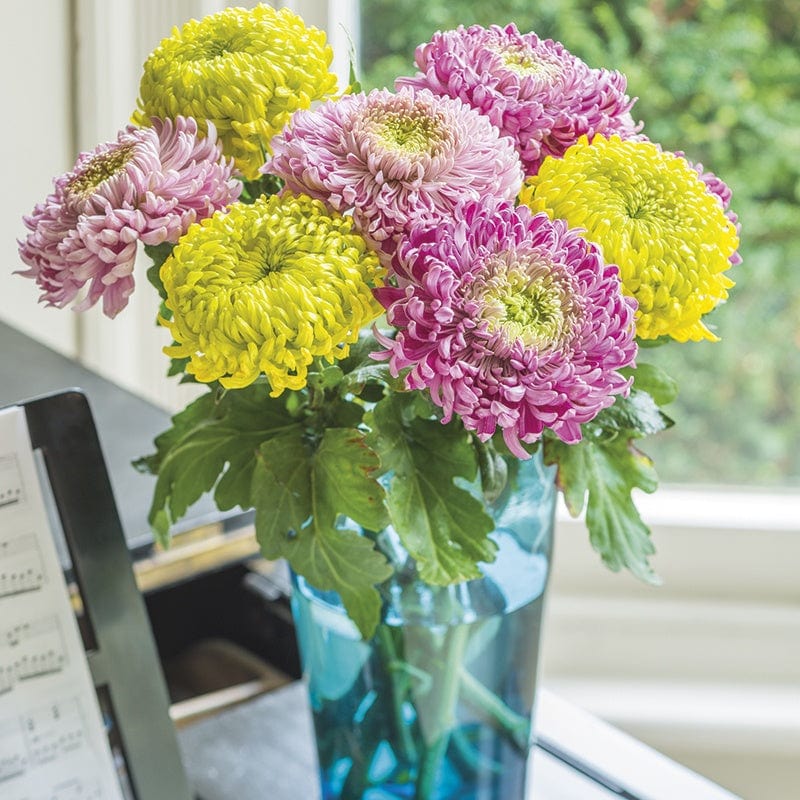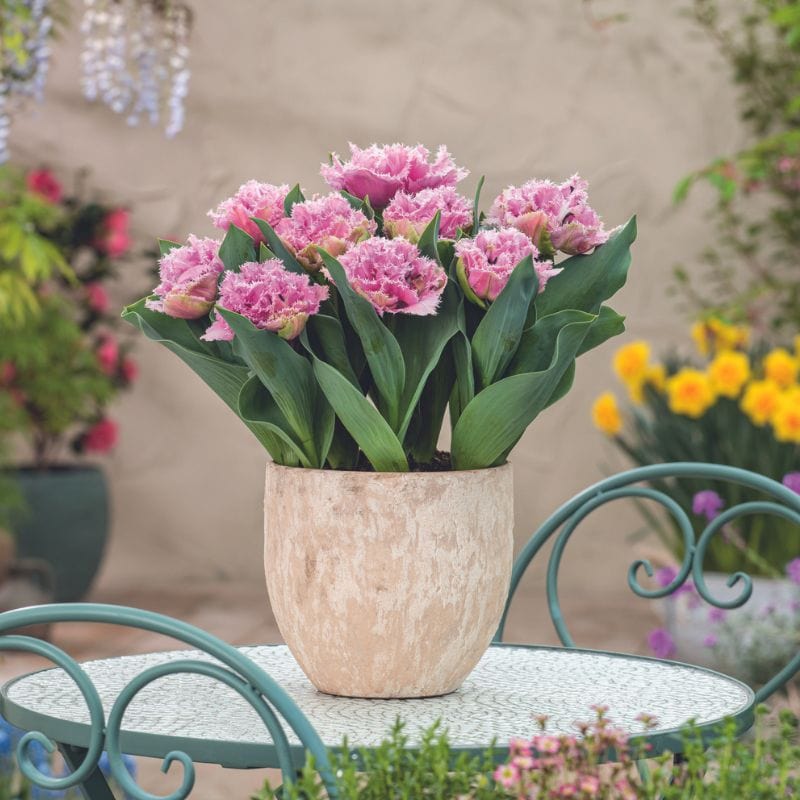Product Description
Commonly known as cranesbill because of the appearance of their seed cases, geraniums are a fantastic cottage garden perennial which are exceptionally long-lived and versatile. Happy just about anywhere, grow at the border edge, as ground cover or as complimentary plants. Best grown in partial shade although will tolerate full sun, in any well-drained soil.
Rozanne is one of the best (Winner of The RHS Chelsea Flower Show 'Plant of the Centenary' 2013) with large, violet-blue saucer-shaped flowers, with white centres, appearing pretty much non-stop throughout the summer.
Product Details
Planting & Harvesting
- Sow Indoors
- Sow/Plant Outside
- Flowers/Harvest
Delivery & Returns
Shipping
Postage and packaging (P&P) is applied on a per order basis and is automatically calculated based on the type of product you are ordering.
A charge of £4.95 P&P is applied for plant and hardware orders and a charge of £2.45 is applied for seed orders.
Items marked with a lorry symbol, are usually heavy or bulky and require specialist carriers, these have a single £12.95 carriage charge per order no matter how many items are ordered in this category. UK mainland only.
Returns
Should you have any problems with your product, please contact our Customer Services Team advising the nature of your concern before returning the product.














